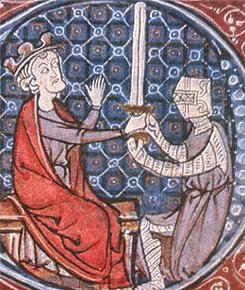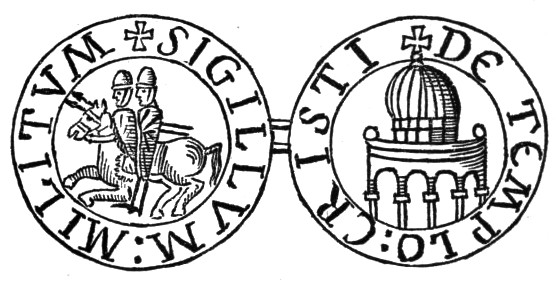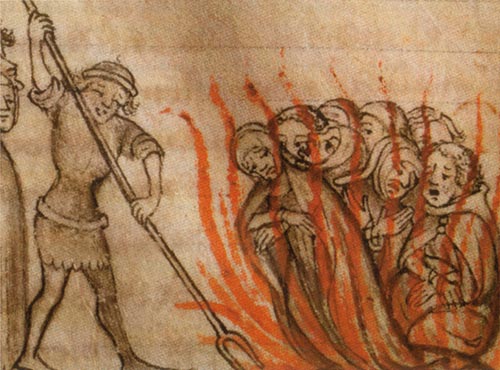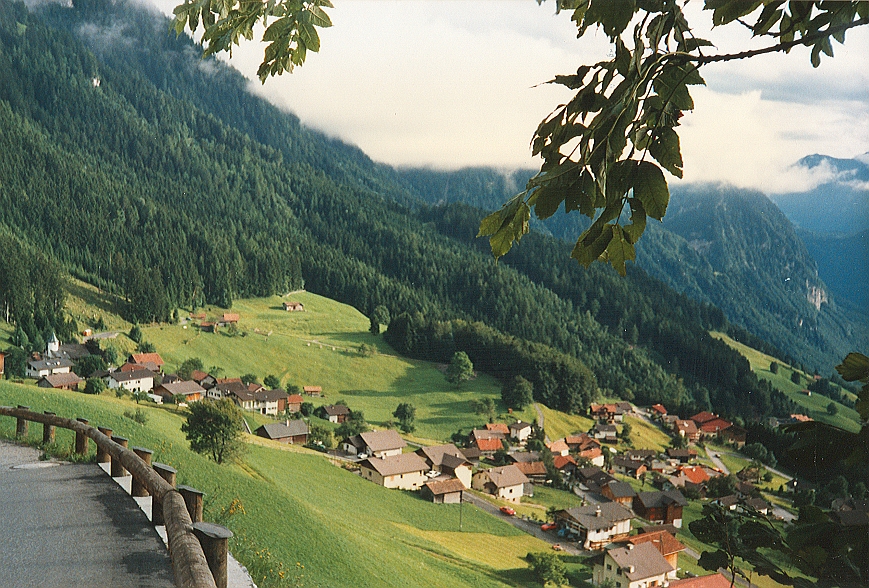
Triesenberg, Liechtenstein: 25 January 2016
My private student in Winterthur had cancelled his lesson for today, leaving me only my regular lunch-time Cambridge BEC Vantage group in Vaduz.
With the wife away in Zürich, with time on my hands and little desire to waste the clear skies and temperate weather, I decide to explore more of this Principality of Liechtenstein, of which I know only its capital.
I am a humble rider amongst other humble riders on a metal steed, a Liechtensteiner bus.

“Attractions around the Principality are low-key, and aside from the mountain resort of Malbun, almost entirely untouristed.
South of Vaduz is the Liechtensteiner Oberland, with workaday Triesen, overshadowed by pretty Triesenberg, perched on a sunny hillside high above the Rhine and best known as the adopted home of a community of Walser people.
Many of the houses are old wooden chalets built in the Walser style.

The modern, well-presented Walsermuseum documents the community´s history and culture.”
(The Rough Guide to Switzerland)
Bus 21 whisks me away and up to Triesenberg.
In the Walser Museum, I am told that to be in Triesenberg is to be amongst a community of knights.
To be a knight in the Middle Ages, a man needed to possess the following virtues:
* Mercy
* Humility
* Honor
* Sacrifice
* Fear of God
* Faithfulness
* Courage
* Utmost graciousness and courtesy to ladies

A mid 13th century knight armed with virtues and facing the vices in mortal combat.
The parts of his armour are identified with Christian virtues, thus correlating essential military equipment with the religious values of chivalry:
The helmet is hope of future bliss, the shield is faith, the armour is charity, the lance is perseverance, the sword is the word of God, the banner is desire for heaven, the horse is good will, the saddle is the Christian religion, the saddlecloth is humility, the reins are discretion, the spurs are discipline, the stirrups are good works, and the horse’s four hooves are delight, consent, good work, and exercise.
The ideal knight was gentle, kind, patient, and tender with the poor, with those less fortunate than himself, and with the elderly, women, and children.
He learned to be civil, refined, genteel, and temperate.
He could be counted on to deal justly and fairly with everyone-the people of his Kingdom as well as his fellow knights.

King David I of Scotland knighting a squire
A knight was usually selfless and put the safety of others ahead of his own.
He was usually physically strong and hardy.
A great deal of self control went into being a knight.
Do the Walser have these qualities?
The first important distinction we need to make here is between real knights and the knight as a literary figure.
The literary and cultural traditions of chivalry and chivalric romance created a behavioral ideal for knights which was quite different from the more pragmatic requirements of possessing wealth and the ability to maintain local order and kill people on command.

The Poor Fellow-Soldiers of Christ and of the Temple of Solomon, commonly known as the Knights Templar, the Order of Solomon’s Temple or simply as Templars, were among the most wealthy and powerful of the Western Christian military orders and were prominent actors in Christian finance.
The organisation existed for nearly two centuries during the Middle Ages.
Officially endorsed by the Roman Catholic Church around 1129, the Order became a favoured charity throughout Christendom and grew rapidly in membership and power.
Templar knights, in their distinctive white mantles with a red cross, were among the most skilled fighting units of the Crusades.

Non-combatant members of the Order managed a large economic infrastructure throughout Christendom, innovating financial techniques that were an early form of banking, and building fortifications across Europe and the Holy Land.
Above: The first headquarters of the Knights Templar, on the Temple Mount in Jerusalem.
The Crusaders called it the Temple of Solomon and from this location derived their name of “Templar”.
The Templars’ existence was tied closely to the Crusades.
When the Holy Land was lost, support for the Order faded.
Rumours about the Templars’ secret initiation ceremony created distrust.
King Philip IV of France, deeply in debt to the Order, took advantage of the situation.
In 1307, many of the Order’s members in France were arrested, tortured into giving false confessions and then burned at the stake.

Under pressure from King Philip, Pope Clement V disbanded the Order in 1312.
The abrupt disappearance of a major part of the European infrastructure gave rise to speculation and legends, which have kept the “Templar” name alive into the modern day.
The Walser are the speakers of the Walser German dialects, a variety of High Alemannic.
They inhabit the Alps of Switzerland and Liechtenstein, as well as on the fringes of Italy and Austria.
The Walser people are named after the Wallis (Valais), the uppermost Rhone valley, where they settled from roughly the 10th century in the late phase of the migration of the Alamanni, crossing from the Bernese Oberland.
Because of linguistic differences among the Walser dialects, it is supposed that there were two independent immigration routes.
From the upper Wallis, they began to spread south, west and east between the 12th and 13th centuries, in the Walser migrations (Walserwanderungen).
The causes of these further population movements, the last wave of settlement in the higher valley of the Alps, are not entirely clear.
Walser legend asserts that the migration and their subsequent granting of “free man” status was expressly because of their association with Templar resettlement.
The Alps provided an ideal and easily defended refuge, a place already settled by other Templars in a town named after Jerusalem: Sion, Switzerland, the capital of Valais, the namesake region of the Walser.
In Liechtenstein, there is one Walser community: Triesenberg, including Saminatal and Malbun.
Triesenberg is a municipality in Liechtenstein with a population of 2,564.

Its area of 30 square kilometers makes it the largest municipality in Liechtenstein.
The center of the municipality rests at an elevation of 884 – 1,000 metres.
The village is noted for its distinct dialect, dating from the influence of Walser migrants in the Middle Ages, who arrived in the region early in the 14th century.
This dialect is actively promoted by the Municipality.
The existence of this dialect is one evidence of remarkable linguistic diversity within the small Principality, as it is spoken alongside the Standard German and Alemannic dialect common to this country.

Just in case you missed noticing that people round you talk differently – the Walser dialect dictionary – Triesenberg, Liechtenstein

Above: part of the permanent exhibition of the wood figures of Rudolf Schädler, Liechtensteiner composer, woodcarver and hotelier (1903 – 1990) (The Roots backpack and winter clothing is mine.)

Above: depiction of the legend where the devil is forced to carry the church bell on his back
(See Along the Fable Trail of this blog.)
This is the place where modern knights meet modern art and olden customs.
Originally called the Heimatmuseum, the Walser Museum was created in 1961 by the parish priest of Triesenberg, Engelbert Bucher.


A multimedia show lasting around 25 minutes gives an insight into how the village has changed over the centuries.

As well as the main building itself, the Walser Museum includes a 400-year-old traditional Walser house to the south of the cemetery, where visitors can find out about how the local population lived in the 19th century.

Hop back on Bus 21 and go to the end of the road.

1,600-metre-high resort Malbun feels like the edge of the Earth.

Above: the village of Malbun
It feels remote, even though in high season Malbun is mobbed.
It is a perfect place to unwind.

Above: the Chapel of Peace in Malbun, built to praise God for sparing Liechtenstein from the effects of the Second World War
Malbun is the only resort for skiing in Liechtenstein, a tiny exclusive ski resort, frequented by members of the Liechtenstein and British royal families.
Liechtenstein is the only country located entirely within the Alps, with most of its territory occupied by mountains.
With a total of 11 Olympic medals (all in Alpine skiing), Liechtenstein has won more Olympic medals per capita (population: 36,000) than any other nation, and it is the only country to have won medals in Winter games, but never Summer.
In summer Malbun is an excellent location for hiking and it has served as a high elevation stage of the Tour de Suisse annual cycling race in 2004, 2007 and 2011.
Today is an odd time to be travelling as a tourist in Liechtenstein.
Christmas and New Year´s have passed.
Fasnacht (Carnival) hasn´t started yet.
The streets are mostly deserted and the men in the local sports shop, which doubles as the village´s souvenir shop, are happy to talk to anyone besides themselves.
Some talk about the upcoming local elections.
I admire their election posters.

The ice rink restaurant is quiet and there are few customers.
It is a Monday so there are few skiers on the slopes.
As I drink my coffee and wait for the next bus back to Vaduz, I wonder if the short waitress or the obese manager have the blood of knights flowing through their veins.
It is a place of peace and sanctuary here.
As a place to escape to, the Municipality of Triesenberg is perfect for any knight, king, prince or teacher.
Regardless of what age he came from.
